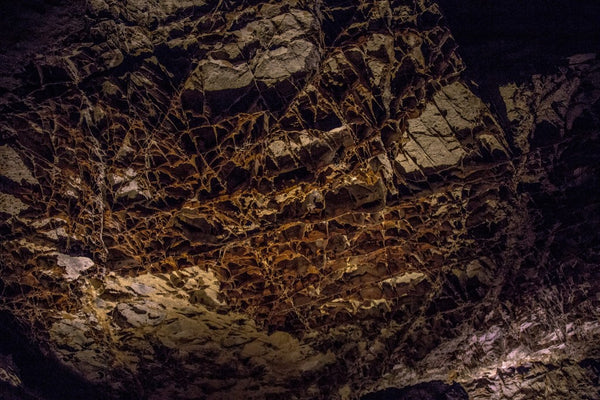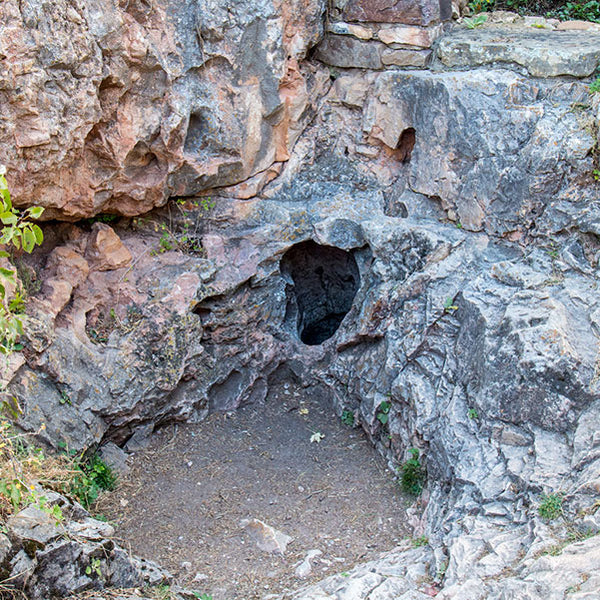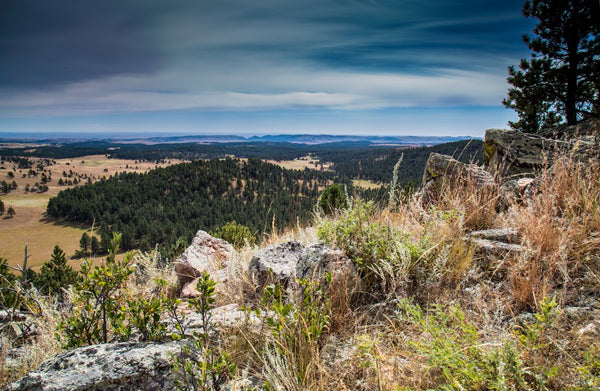Wind Cave National Park is one of the oldest parks in the National Park system, and was established on January 9th, 1903. It was the first park created to protect a cave anywhere in the world.
Known for its displays of the calcite formation called boxwork, some 95 percent of the world's discovered boxwork formations are found in Wind Cave. Considered a three-dimensional maze cave, it is recognized as the densest -- most passage volume per cubic mile -- cave system in the world. The cave is currently the sixth-longest in the world with 140.47 miles of explored cave passageways, with an average of four new miles of cave being discovered each year. Above ground, the park includes rolling hills, pine forests and the largest remaining natural mixed-grass prairie in the United States.

The Lakota, Cheyenne, and other Native American tribes had known about the opening to Wind Cave and the winds that move in and out of it for centuries. The indigenous people who lived in the Black Hills region of South Dakota, spoke of a hole that blew air, a place they consider sacred as the site where they first emerged from the underworld.

Typically, air continually moves into or out of a cave, equalizing the atmospheric pressure of the cave and the outside air. When the air pressure is higher outside the cave than in it, air flows into the cave, raising cave's pressure to match the outside pressure. When the air pressure inside the cave is higher than outside it, air flows out of it, lowering the air pressure within the cave. Wind Cave, with only a few small openings "breathes" more obviously than a small cave with many large openings. Rapid weather changes, accompanied by rapid barometric changes, are a feature of Western South Dakota weather.

Wind Cave National Park protects a diverse ecosystem with eastern and western plant and animal species. Some of the more notable animals include elk, bison, black-footed ferrets, pronghorn and prairie dogs. The Wind Cave bison herd is one of only four free-roaming and genetically pure herds on public lands in North America. The other three herds are the Yellowstone Park bison herd, the Henry Mountains bison herd in Utah and on Elk Island in Alberta, Canada.
Click here to learn more about Wind Cave National Park.
Source: https://national-park-posters.com/blogs/national-park-posters/wind-cave-national-park

